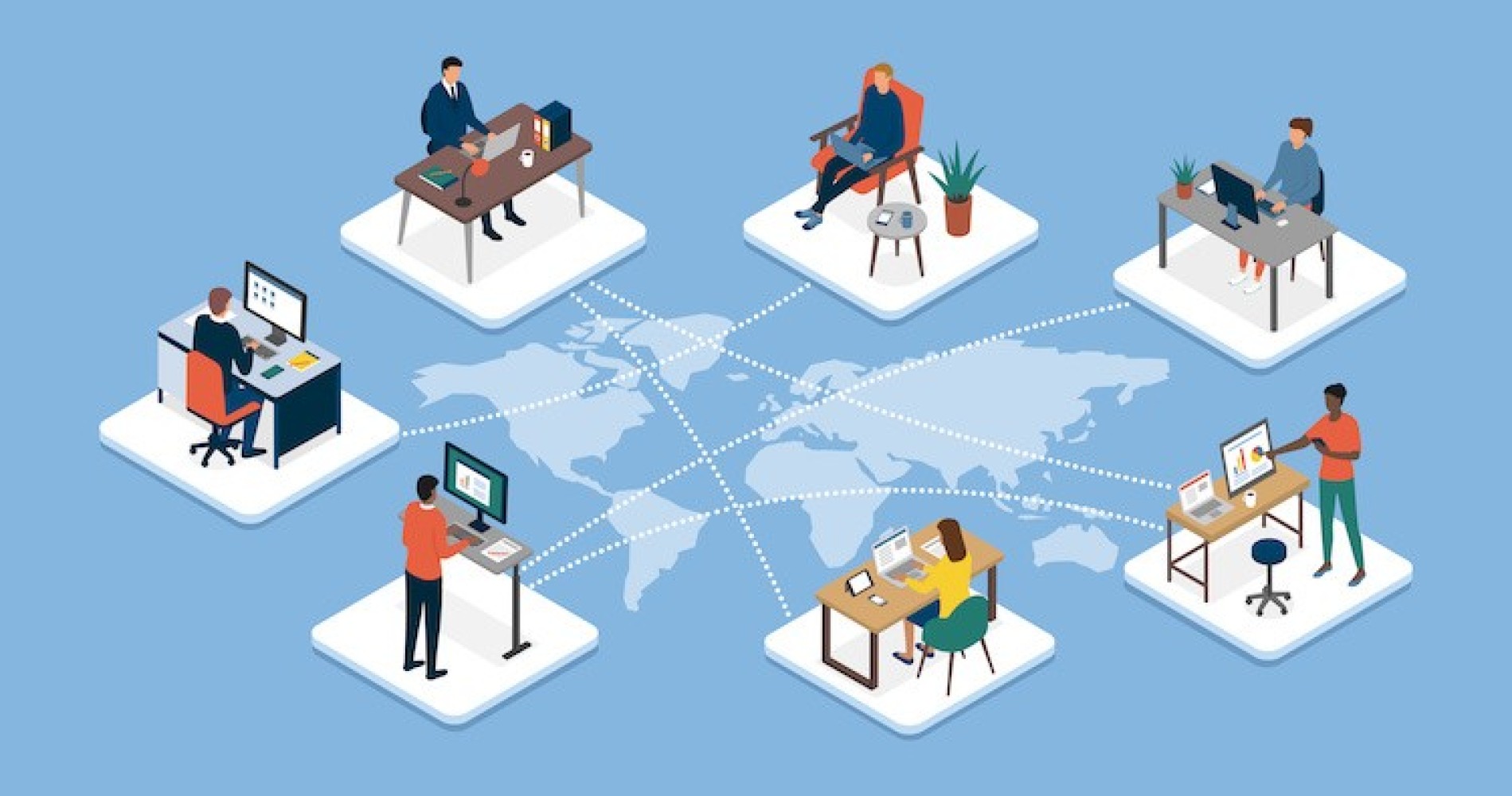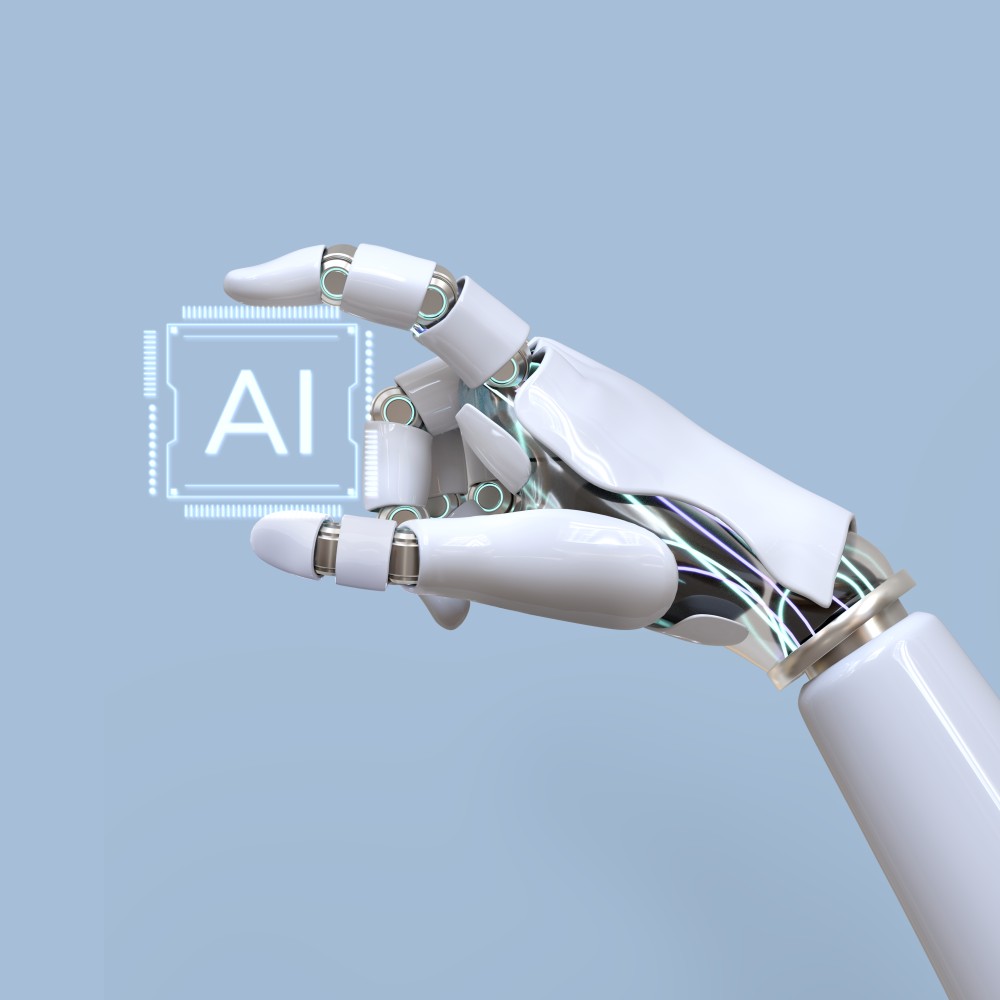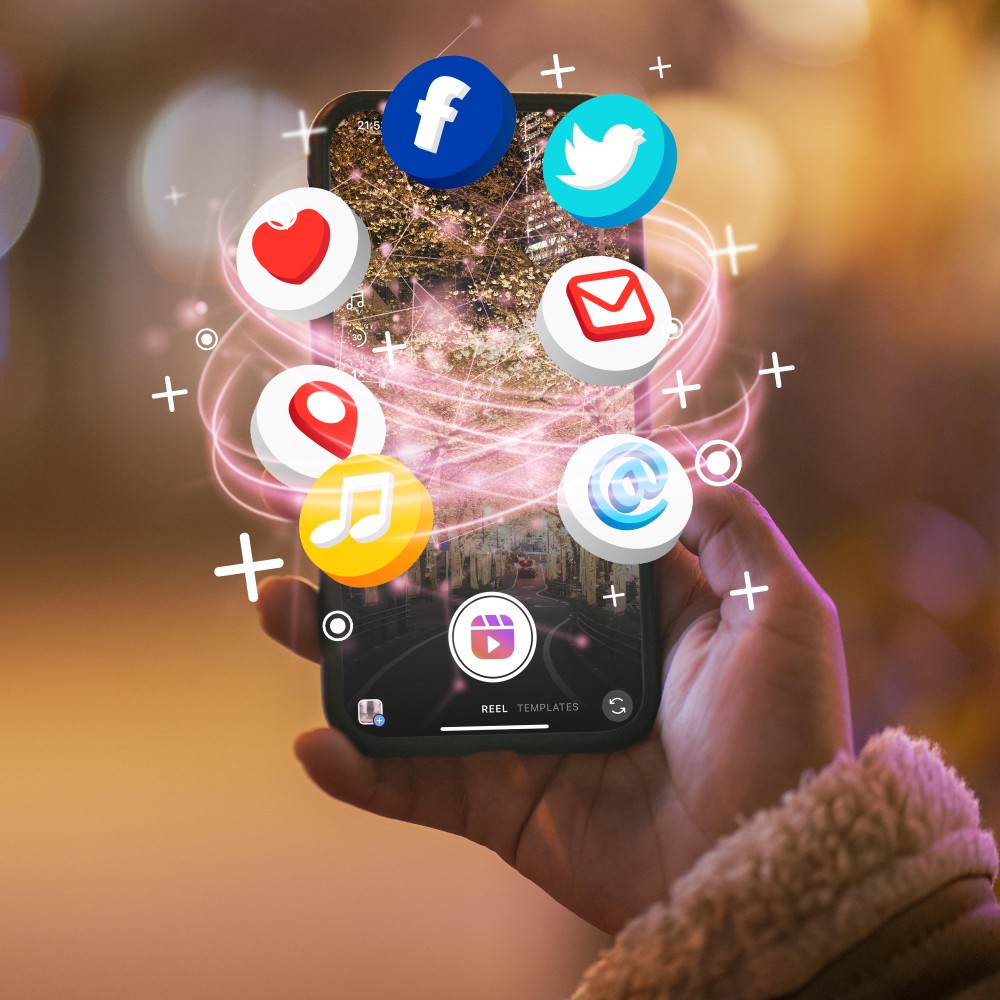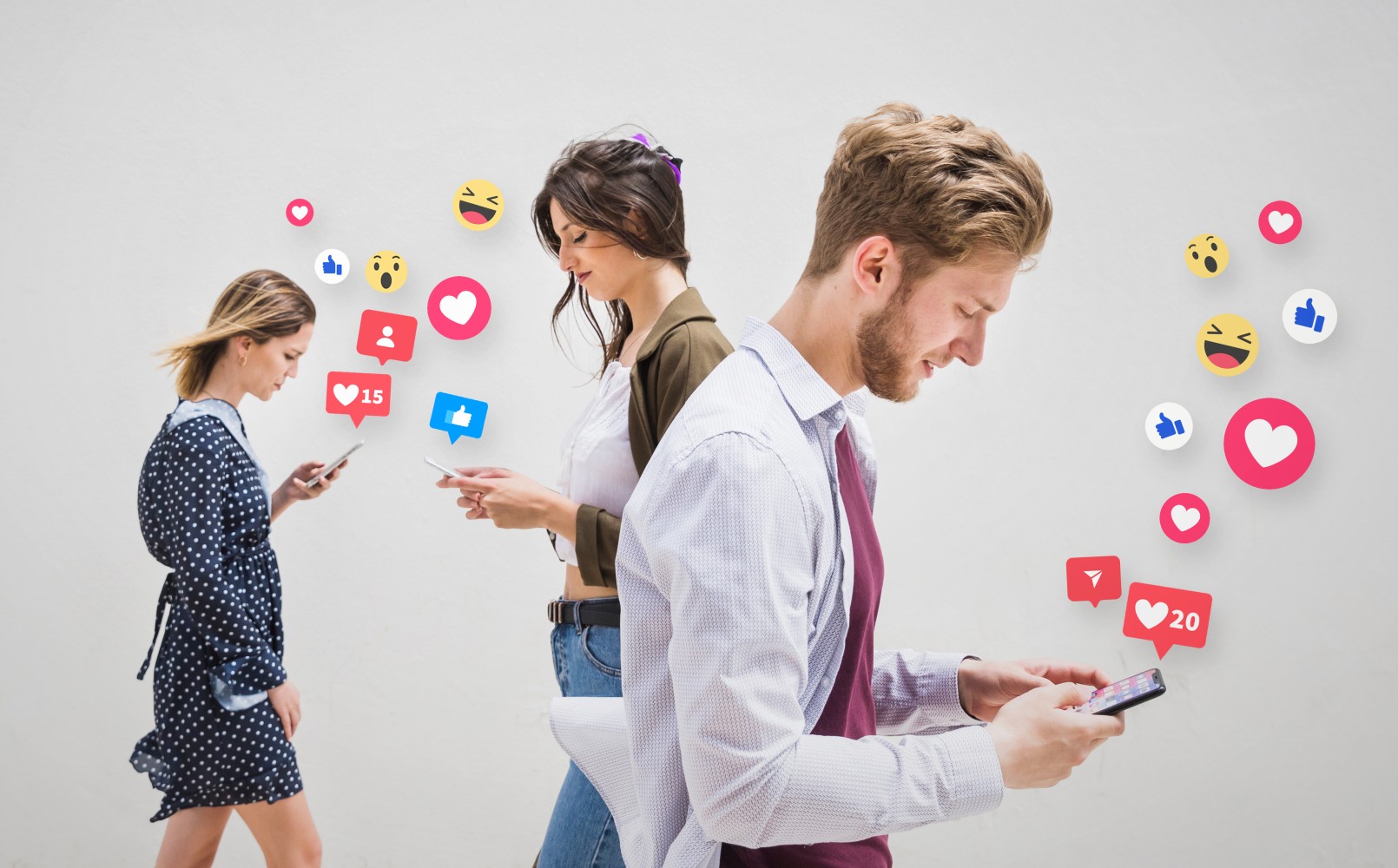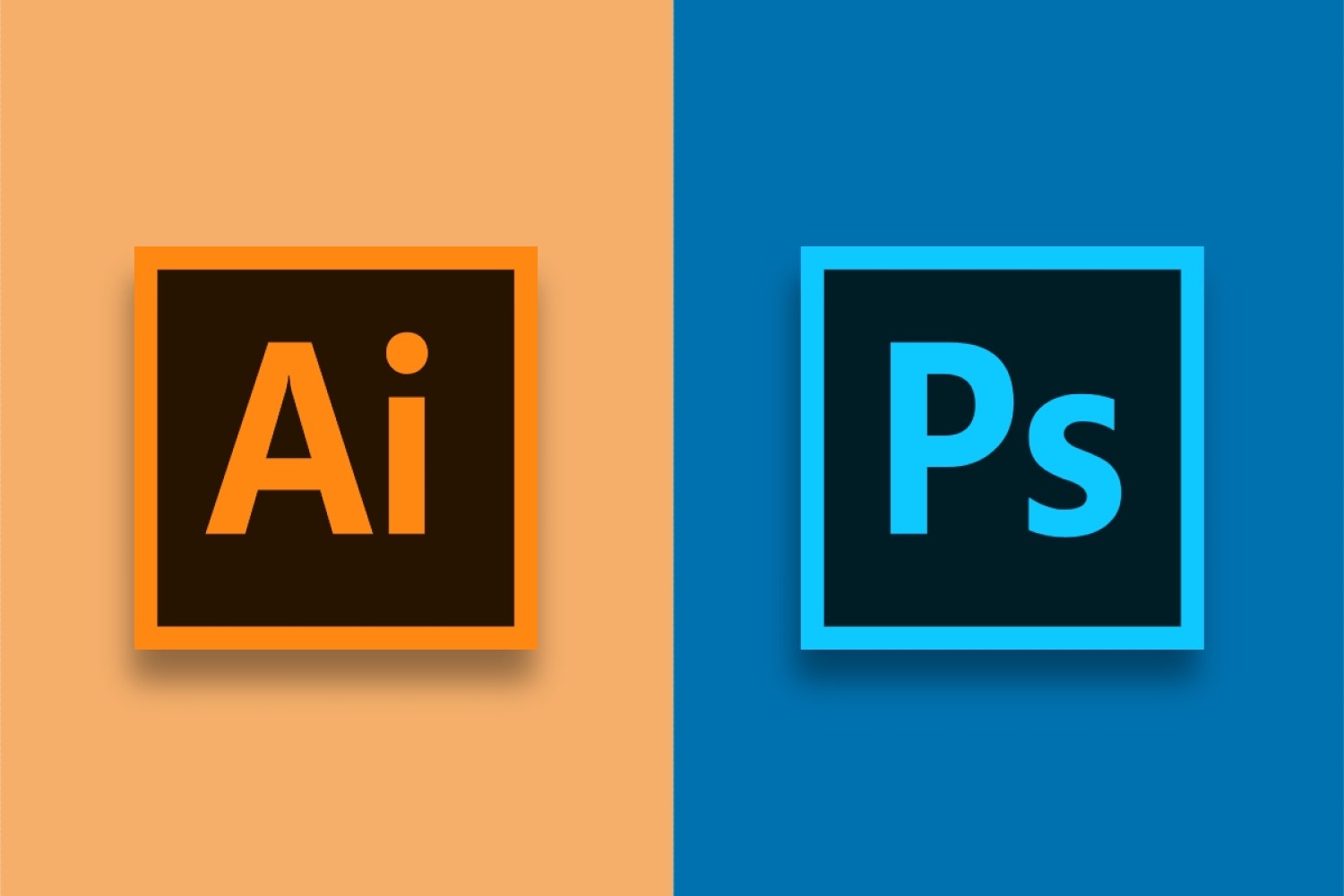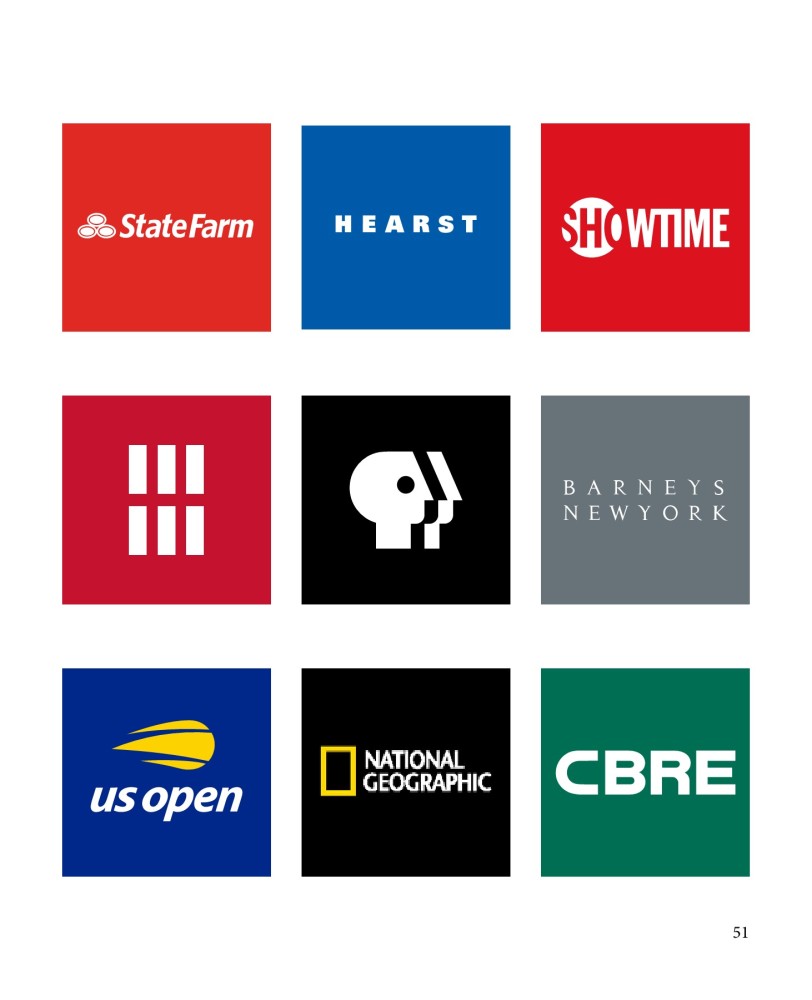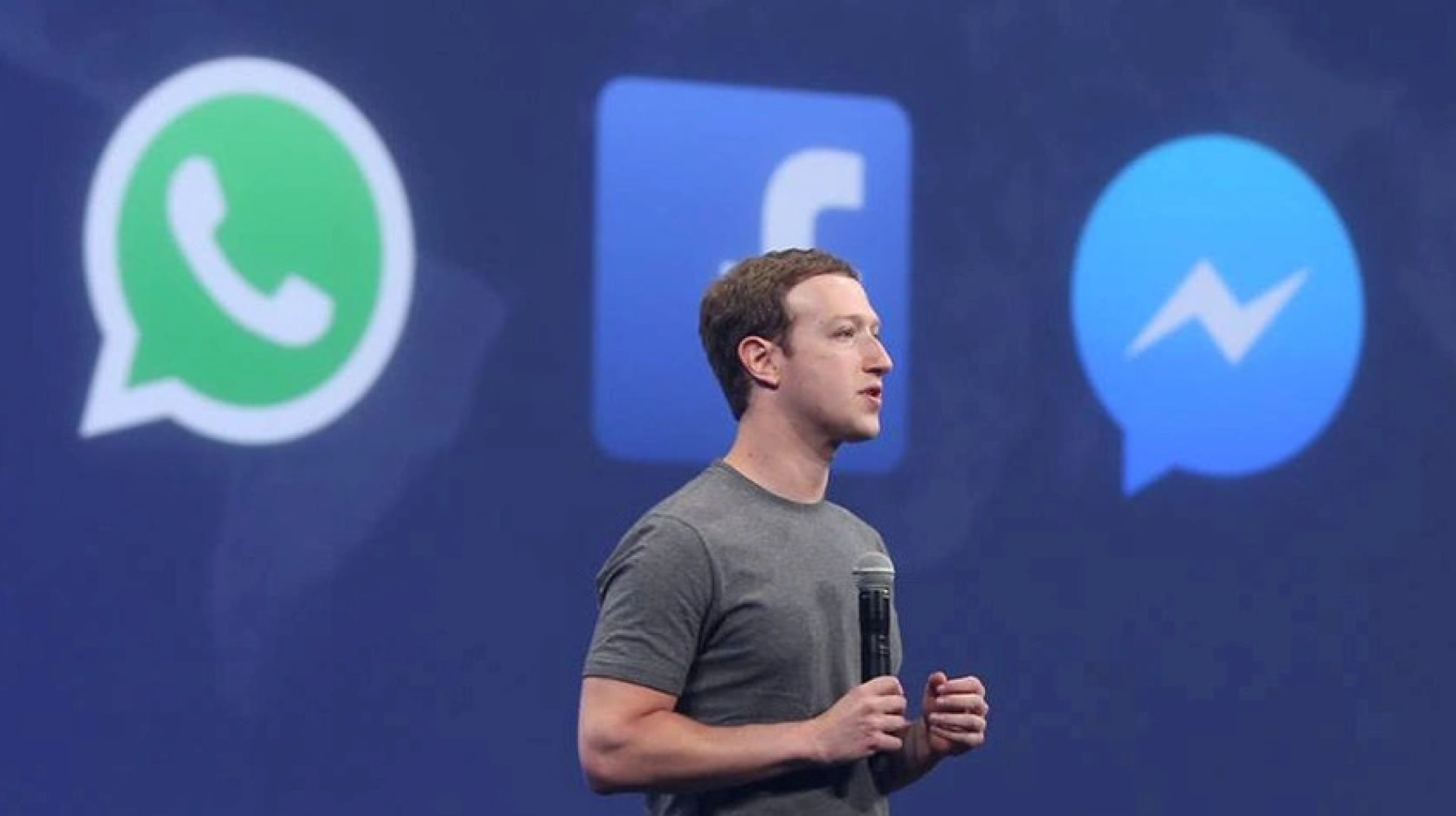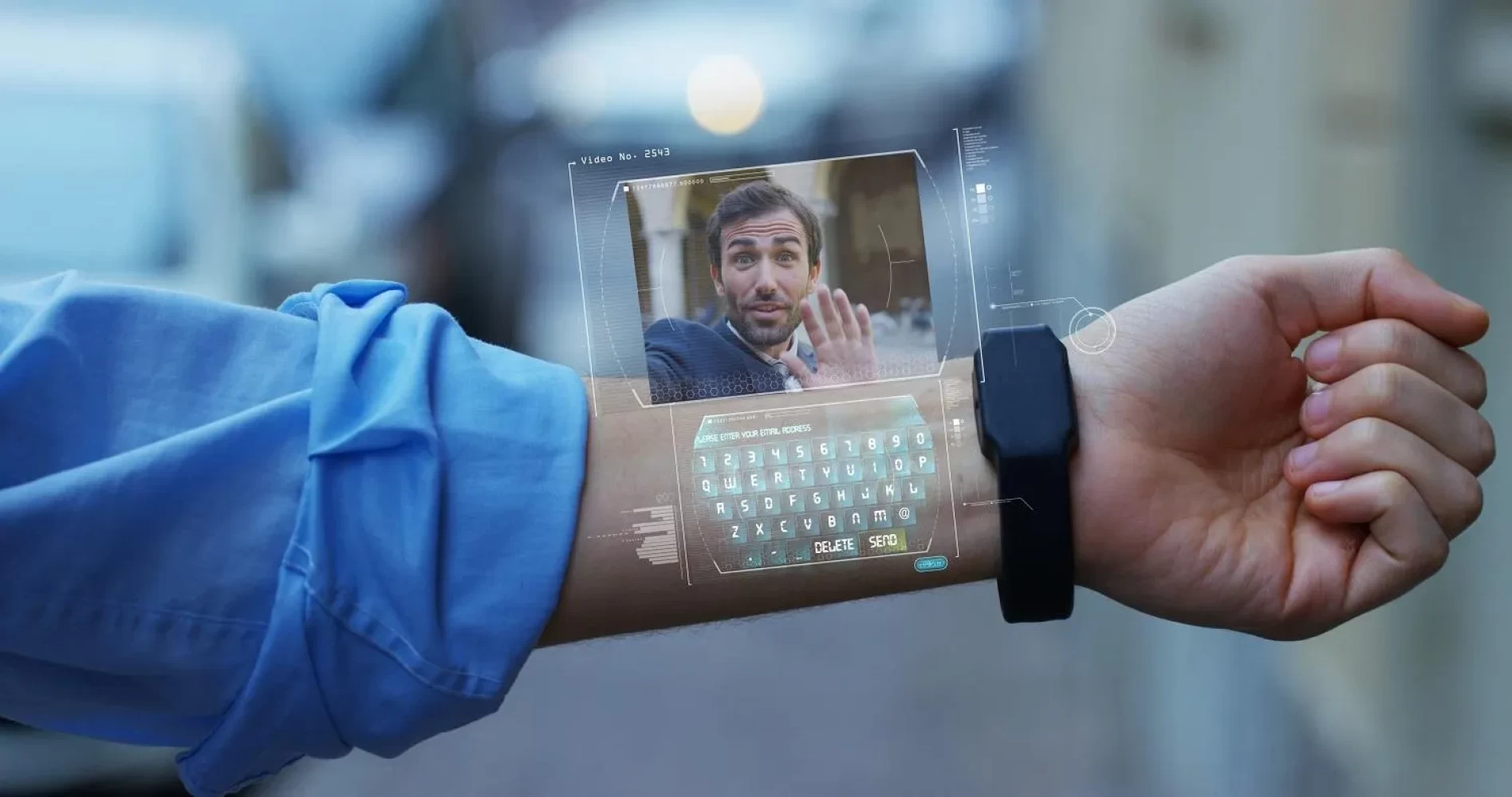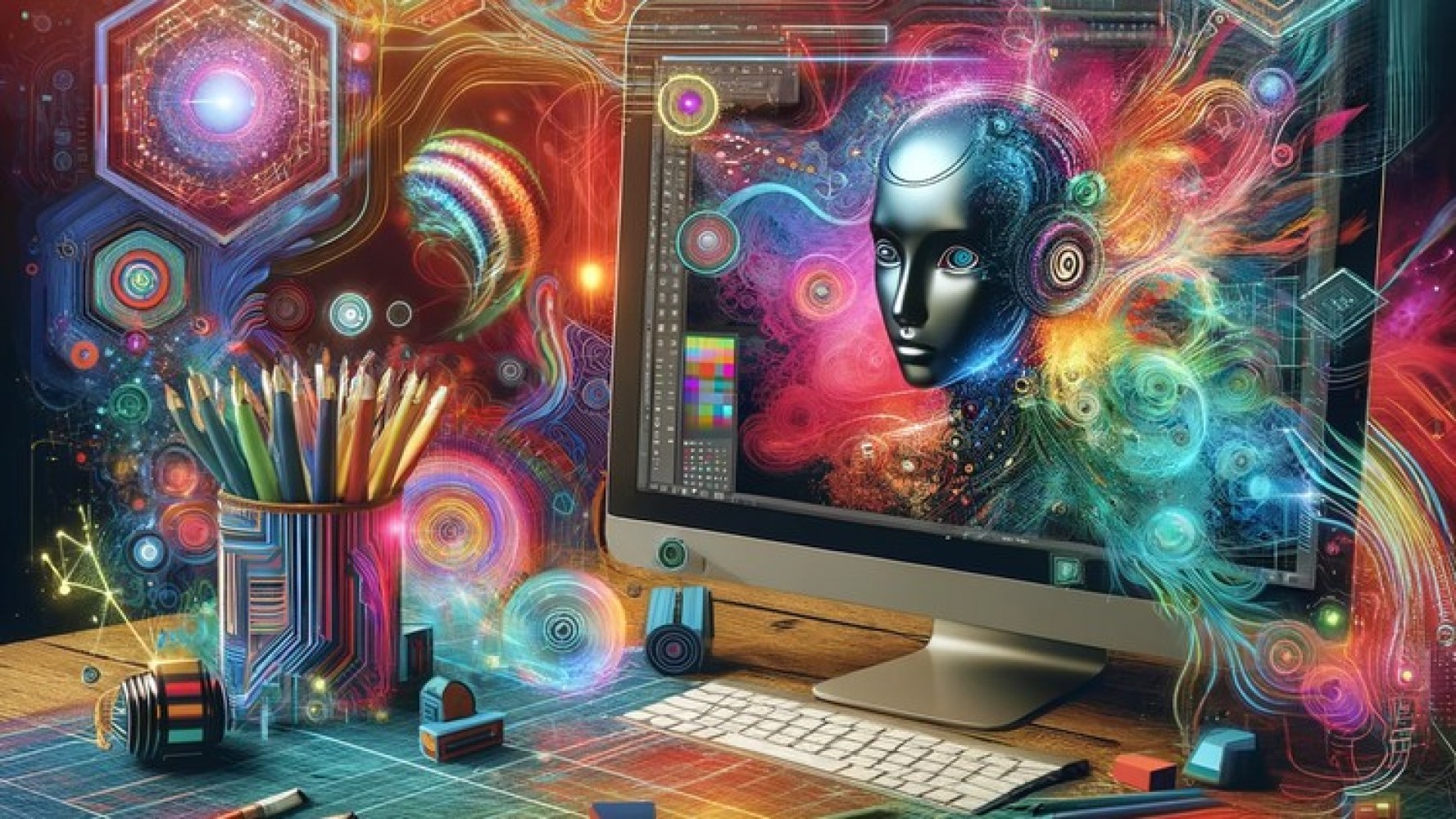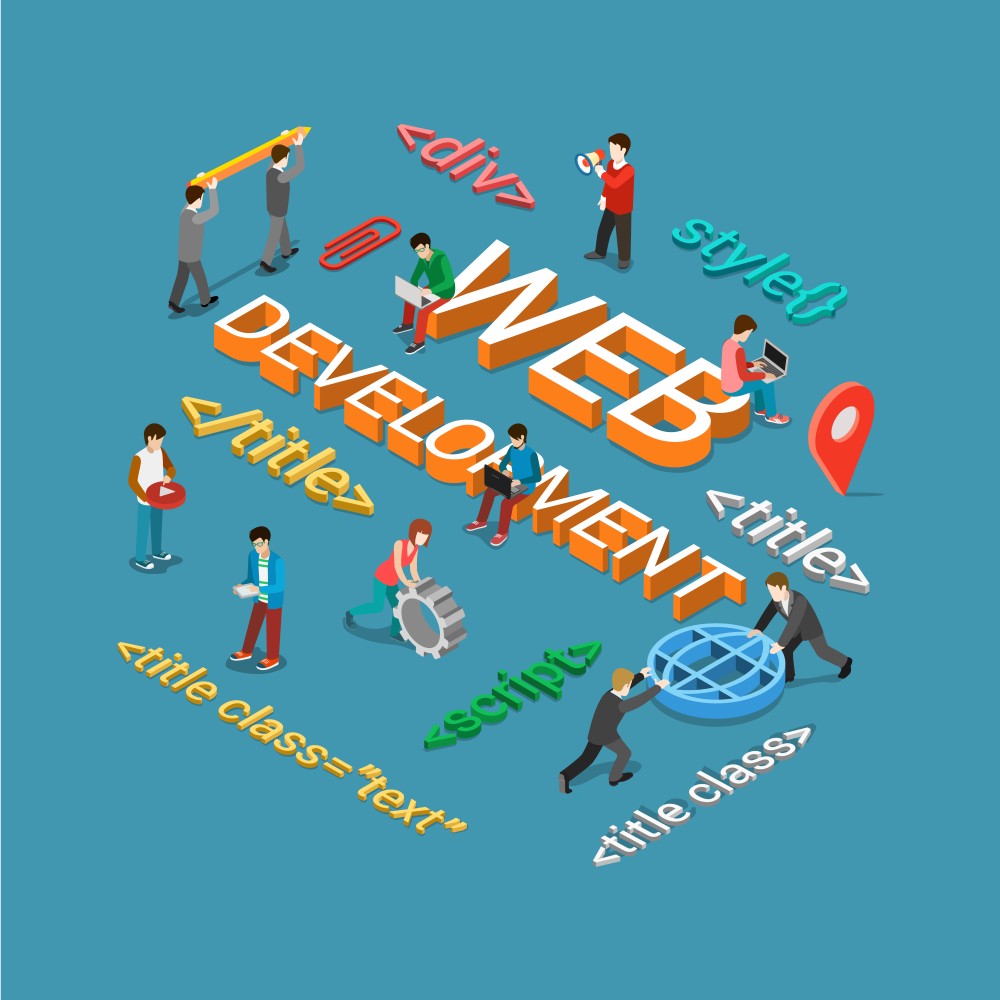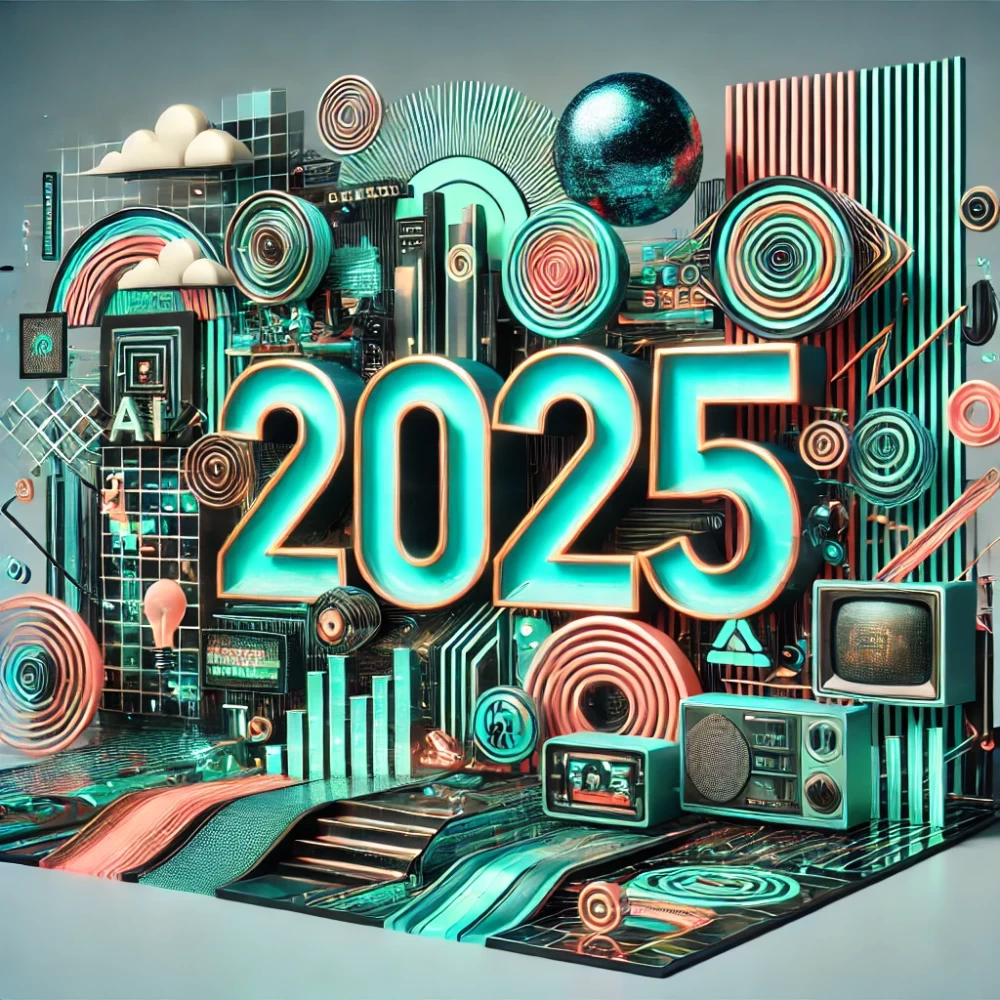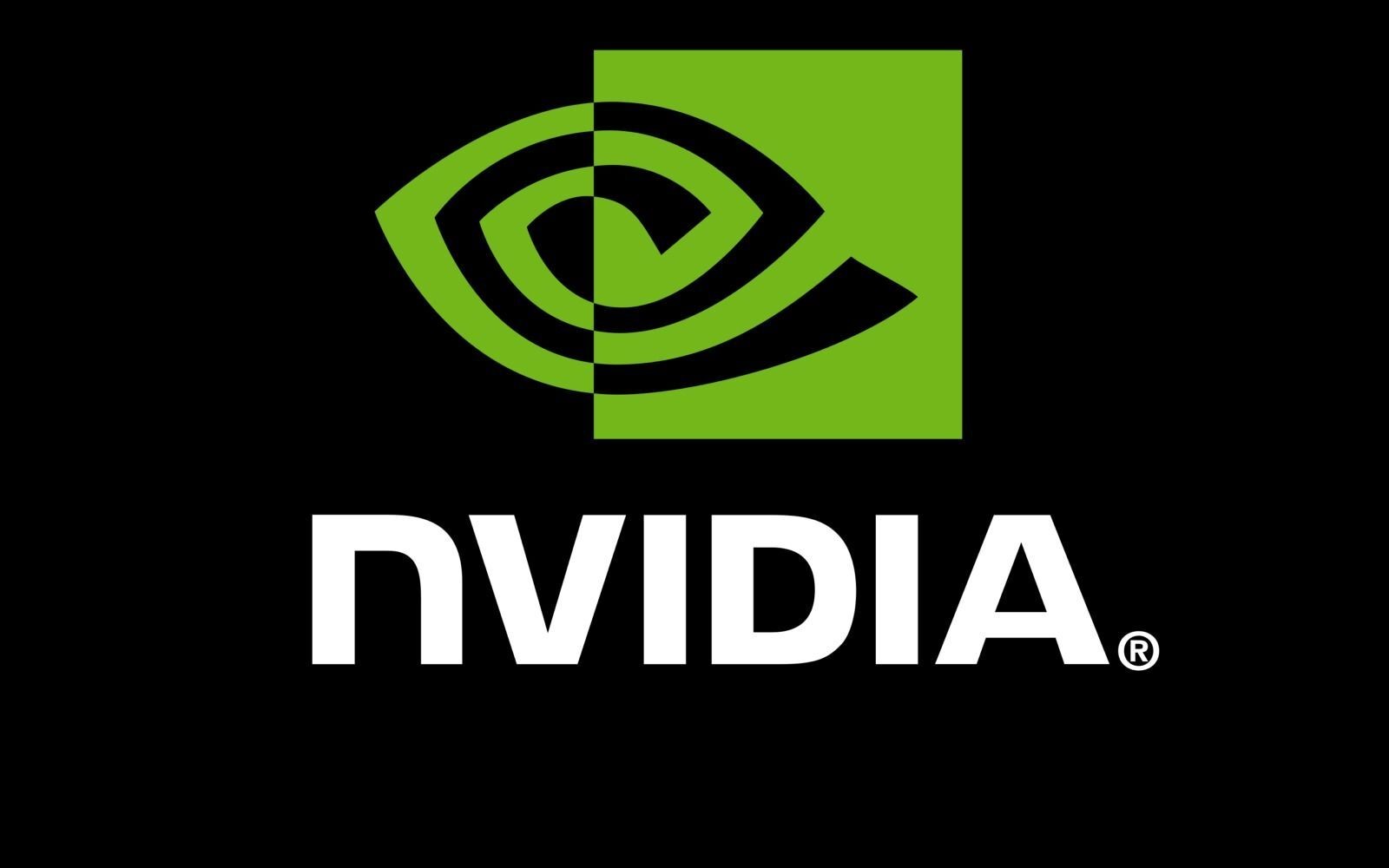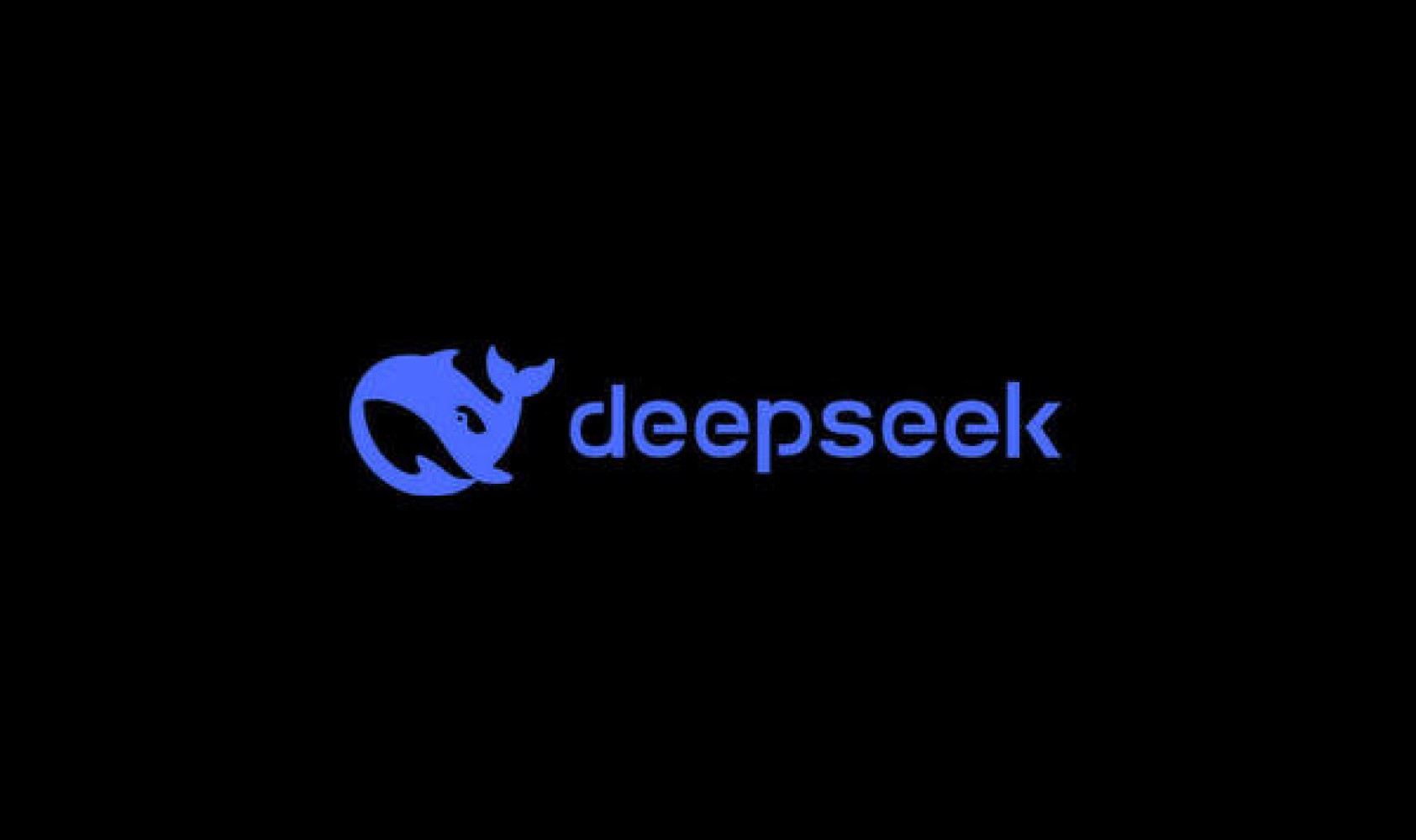As we stand at the forefront of a digital revolution, the landscape of work is undergoing a profound transformation. Remote work, once a niche practice, has surged into the mainstream, reshaping how we perceive productivity, collaboration, and work-life harmony. Let's delve into the evolution of remote work, exploring its advantages, hurdles, and its impact on the delicate balance between professional commitments and personal fulfillment.
Embracing Flexibility and Freedom
Remote work has unlocked flexibility for workers worldwide. No longer confined to traditional office spaces, employees can now choose where and when they work, leading to increased autonomy and empowerment. This newfound flexibility has proven invaluable, allowing individuals to tailor their work environments to suit their productivity preferences and personal obligations.
Here are eight jobs that can often be done remotely, along with a brief description of each:
Software Developer/Engineer: Software developers and engineers design, develop, and maintain software applications and systems. They can collaborate with teams remotely using communication and collaboration tools, making this role highly suitable for remote work.Digital Marketer: Digital marketers create and execute online marketing strategies to promote products or services. They analyze market trends, manage social media campaigns, and optimize digital content—all tasks that can be effectively performed remotely with access to digital platforms and analytics tools.
Breaking Down Barriers
One of the most significaContent Writer/Editor: Content writers and editors create and refine written content for websites, blogs, articles, and marketing materials. They can work remotely, collaborating with clients or teams to produce engaging and informative content from anywhere with internet access.
Graphic Designer: Graphic designers create visual concepts using computer software to communicate ideas that inspire, inform, or captivate consumers. With access to design software and cloud storage, graphic designers can collaborate remotely with clients or teams on projects ranging from branding to digital media.
Customer Support Specialist: Customer support specialists assist customers with inquiries, complaints, and issues through various communication channels such as email, chat, or phone. Many companies provide remote customer support roles, enabling specialists to assist customers from their home offices.
Virtual Assistant: Virtual assistants provide administrative support to businesses or entrepreneurs remotely. Tasks may include scheduling appointments, managing emails, conducting research, and handling customer inquiries—all of which can be managed online without the need for a physical office presence.
Online Teacher/Tutor: Online teachers and tutors deliver educational content and instruction to students through virtual platforms. With the rise of e-learning platforms and video conferencing tools, educators can conduct lessons, grade assignments, and provide feedback remotely.
Freelance Consultant: Freelance consultants offer expertise in various fields such as marketing, finance, IT, or management to businesses or individuals on a project basis. They can provide strategic advice, analysis, and solutions remotely, leveraging their specialized knowledge and experience.
These roles demonstrate the diversity of opportunities available for remote work, leveraging technology to perform tasks effectively from virtually anywhere. Each job requires specific skills and may have varying degrees of flexibility depending on the employer or client's requirements.nt benefits of remote work is its ability to transcend geographical boundaries. Companies can now tap into a global talent pool, accessing diverse skill sets and perspectives without the constraints of physical location. For employees, this translates into expanded job opportunities and the ability to pursue meaningful careers while maintaining ties to their communities.
Challenges on the Horizon
However, the path to remote work nirvana is not without obstacles. One of the primary challenges is maintaining effective communication and collaboration in a virtual environment. The absence of face-to-face interaction can sometimes lead to miscommunication or feelings of isolation among team members. Additionally, navigating time zone differences and ensuring equitable access to resources pose logistical challenges that require innovative solutions.
Striking a Balance
While remote work offers unparalleled flexibility, it also blurs the boundaries between professional and personal life. Without the physical separation of a traditional office, employees may find it challenging to disconnect from work, leading to potential burnout and blurred work-life boundaries. Employers and individuals alike must prioritize establishing clear routines, setting boundaries, and fostering a culture that supports both productivity and well-being.
The Path Forward
Looking ahead, the future of remote work promises to be dynamic and transformative. As technology continues to evolve, so too will our approaches to collaboration and productivity. Companies will need to invest in robust digital infrastructure, cultivate strong organizational cultures, and embrace agile work practices to thrive in a remote-first world.
In conclusion, remote work represents a paradigm shift in how we define and approach work. By embracing its benefits, addressing its challenges, and prioritizing balance, we can harness the full potential of remote work to create fulfilling, sustainable, and productive work environments for generations to come. As we navigate this evolving landscape, let us seize the opportunity to shape a future where work works for everyone.


